|
John Tyman's Cultures in Context Series EGYPT and the SAHARA www.johntyman.com/sahara |
|
5.1 Housing : 349-368 |
| . |
|
John Tyman's Cultures in Context Series EGYPT and the SAHARA www.johntyman.com/sahara |
|
5.1 Housing : 349-368 |
| . |
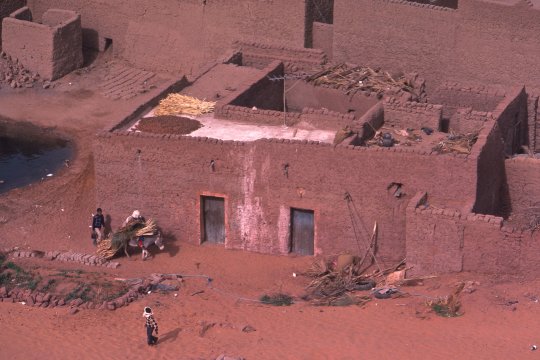 |
| .354. Walled roof terraces commonly provide a secluded place for women, where they can work unobserved. Firewood and garden produce can also be stored here, and crops dried in the sun. (In Salah) |
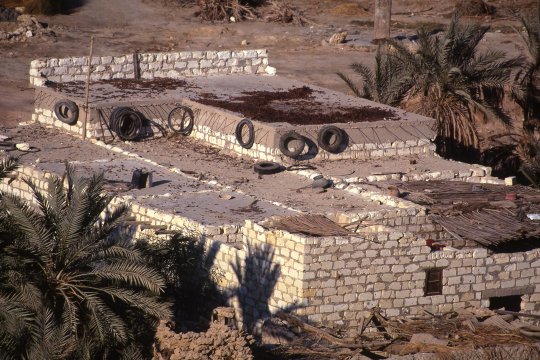 |
| .355. At Siwa the buildings in the rain-damaged Shali division have been progressively replaced by homes built of local stone, and dates are dried on the roof. (Siwa) |
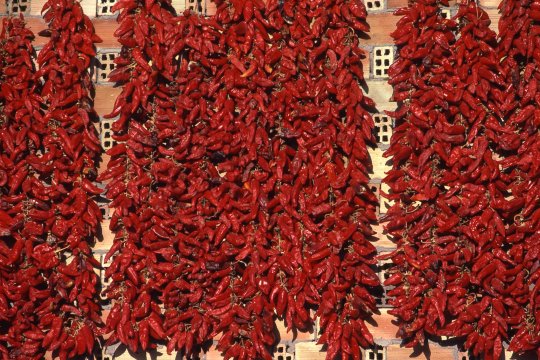 |
| .356. Other crops may be dried against the walls of desert houses -- like these chili peppers at Kairouan. |
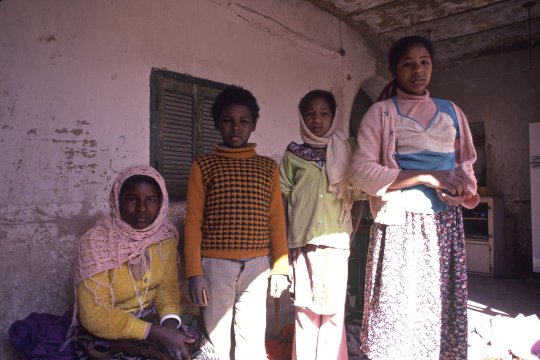 |
| .361. Till recently they all slept on carpets (like the nomads): now they have beds. Mud floors have sometimes been replaced by concrete and tile. (El Golea) |
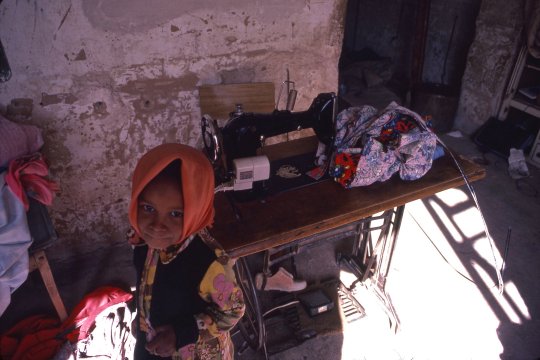 |
| .362. The provision of electricity in settlements like this, financed by the profits of the oil industry, has reduced a woman’s workload in part, as she no longer has to sew by hand. (El Golea) |
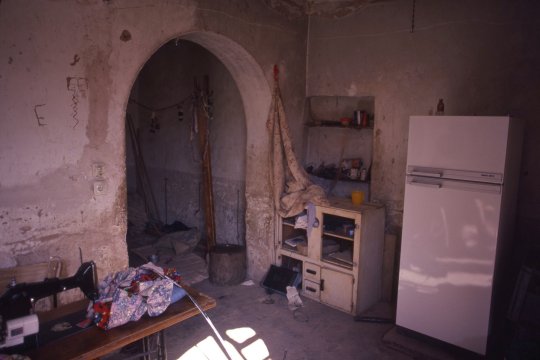 |
| .363. And the discomfort and monotony of desert life has been eased by the availability of refrigerators, fans, electric lights, radios, and televisions (and mobile phones in some areas). (El Golea) |
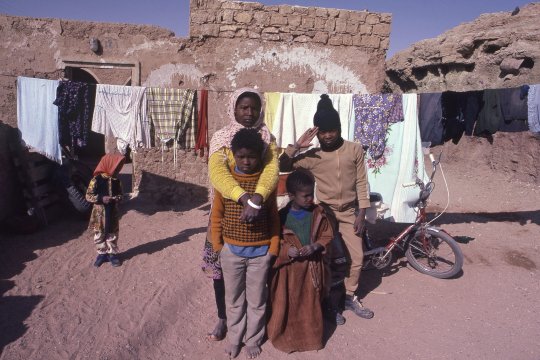 |
| .366. Children play in the courtyard and across the town’s vacant lots. Their clothes will have been bought in a local market and will most likely have been made in China. (El Golea) |
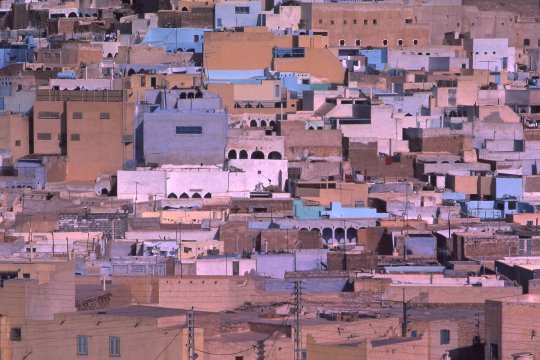 |
| .368. And while most houses are brown due to the colour of the mud bricks used to build them, these are sometimes painted white or pale blue -- to reflect more of the sun's heat. (Ghardaia) |

![]()
Text and photos by John Tyman
unless otherwise indicated.
Intended for Educational Use
Only.
Contact Dr. John Tyman at johntyman2@gmail.com
for more information regarding
licensing.
![]()
www.hillmanweb.com
Photo processing, Web page layout,
formatting and hosting by
William
Hillman ~ Brandon, Manitoba ~ Canada